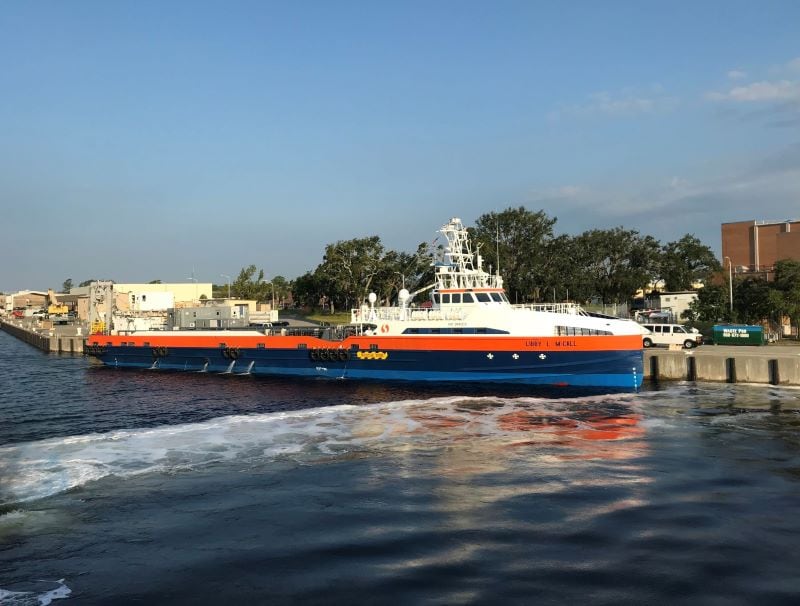WASHINGTON — The U.S. Navy’s top officer has laid down the gauntlet: The service must deliver two new classes of surface ships on time.
After 20 years of what two leading lawmakers last year called “absurd acquisition debacles,” the Navy is changing its approach. Instead of building ships and technologies in concert — as it did with the Zumwalt-class destroyer, the littoral combat ship and the Ford-class carrier — the Navy will move forward by designing hulls around fielded systems with room for upgrades, Chief of Naval Operations Adm. Michael Gilday said Monday at the annual Surface Navy Association symposium.
“I’m enthused about our approach to shipbuilding because it will be critical to making the future fleet a reality,” Gilday said. “We’ve decoupled new technology development from building ships. Instead, we’re designing them with program-of-record systems in their baseline and margins to insert future technologies when they’re tested and ready.”
Gilday pointed to the future frigate FFG(X) as the model for that approach, saying that the ship was on track to join the fleet by 2026. The approach will also be applied to the new large surface combatant, a new DDG, Gilday said, both of which must be delivered on time and without major cost overruns.
RELATED

The problem the Navy is trying to solve is perhaps best illustrated by the Zumwalt-class destroyer, which was planned as a 32-ship class but was truncated to three ships, as the cost of the stealth destroyer added up. Many new technologies planned for the hull took longer than expected or didn’t pan out.
In 2018, the Navy announced that the ship’s Advanced Gun System, one of the main reasons for building the ship, would be laid up while the ship refocused its mission as a surface strike platform. In testimony before the Senate Armed Services Committee’s sea power subcommittee, Vice Adm. Bill Merz told senators that the slow development of the AGS prompted the change.
The AGS, in conjunction with the Long-Range Land Attack Projectile, was supposed to fire a round more than 80 nautical miles. The Navy canceled the projectile after it came to light that the cost per round was more than $800,000. Furthermore, the system was also failing to achieve the range it wanted out of the system, Merz said.
“Even at the high cost, we still weren’t really getting what we had asked for,” Merz said. “So what we’ve elected to do is to separate the gun effort from the ship effort because we really got to the point where now we’re holding up the ship.”
The approach described by Gilday at the symposium matches the more deliberate method of acquisition championed by senators.
In a joint op-ed in USNI Proceedings last year, Senate Armed Services Committee Chairman Sen. Jim Inhofe, R-Okla., and ranking member Sen. Jack Reed, D-R.I., decried an era of “absurd acquisition debacles that have set back the country tens of billions of dollars and delayed necessary weapon systems for years.”
Citing more than $8 billion in cost overruns between the lead ships in each of the last eight ship classes, Inhofe and Reed called on the Navy to summon the spirit of the “Father of Aegis,” the much-revered Adm. Wayne E. Meyer, whose mantra was “Build a little, test a little, learn a lot.”
Simply put: Congress wants the Navy to figure out the major systems that will go into a new ship before the new ship is built.
“Experts have continually noted a key step in successful shipbuilding programs is technology development — the maturation of key technologies into subsystem prototypes and demonstration of those subsystem prototypes in a realistic environment prior to the detailed design of the lead ship,” the article read.
To break out of its funk, Reed and Inhofe believe the Navy must figure out subsystems prior to moving forward with designing new ships — it should figure out what’s possible first and then work toward major advancements in technology.
David B. Larter was the naval warfare reporter for Defense News.








